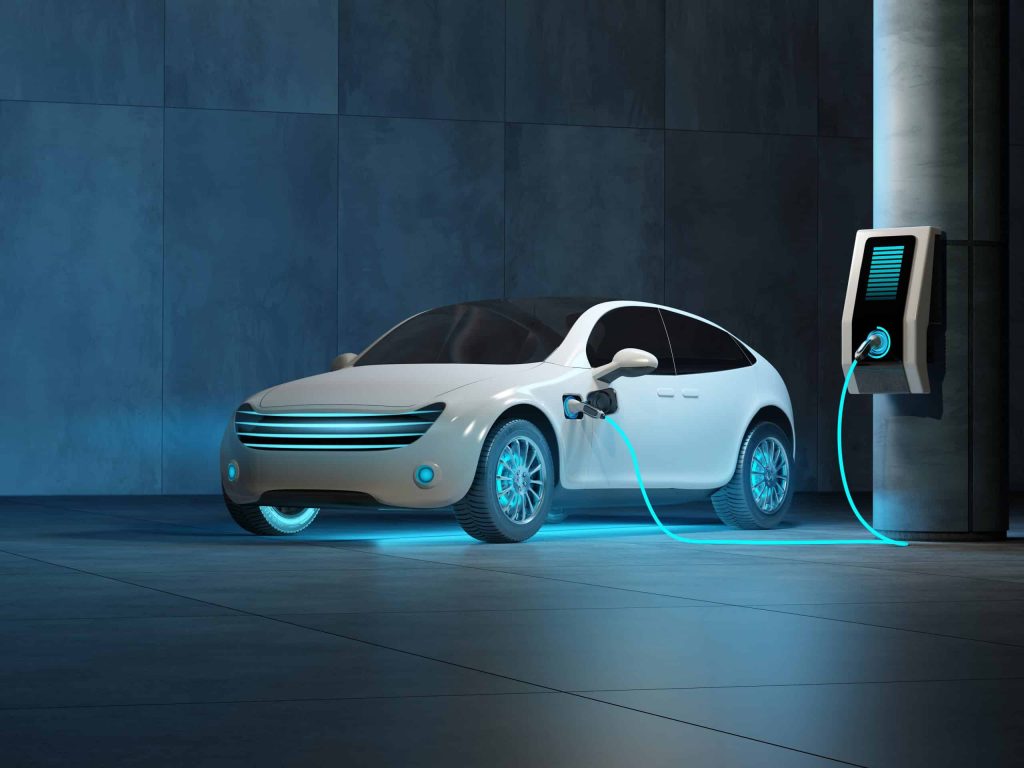- Wakefield is the best city in the UK to own an electric vehicle with 95% of properties having garage or parking facilities.
-
Northern areas dominate the rankings due to having lower electricity costs.
-
Coventry has the highest number of charging points at 683 per 100,000 residents.
A new study has discovered that Yorkshire is the optimal place to live if you have an electric vehicle.
The research by Simpson Partners looked at 80 UK cities and compared them across four key factors: how many homes have off-street parking, the number of public charging points per 100,000 residents, the percentage of high-speed chargers (50kW or more), and average electricity prices.
The top ten cities most suitable for electric vehicle ownership
|
Rank |
City |
Region |
Score |
|
1. |
Wakefield |
Yorkshire |
74.84 |
|
2. |
Chesterfield |
East Midlands |
72.50 |
|
3. |
Sunderland |
Northern |
68.18 |
|
4. |
Lincoln |
East Midlands |
68.11 |
|
5. |
Milton Keynes |
Eastern |
67.32 |
|
6. |
Cheltenham |
Midlands |
66.02 |
|
7. |
Poole |
Southern |
65.49 |
|
8. |
Rotherham |
Yorkshire |
65.10 |
|
9. |
York |
Yorkshire |
65.10 |
|
10. |
Gateshead |
Northern |
64.33 |
1. Wakefield, Yorkshire (Score: 74.84)
Wakefield takes first place with 94.5% of homes having access to garages or driveways, providing excellent conditions for home charging. Electricity costs are below the national average of 25.95p per kWh at 25.03p. Publicly, there are 54.8 chargers per 100,000 residents, and 22.6% of these are high-speed chargers.
2. Chesterfield, East Midlands (Score: 72.50)
Chesterfield takes second place, helped by the fact that 92% of homes come with off-street parking. Electricity is reasonably priced at 25.34p per kWh, and the city provides 57.4 public chargers per 100,000 people, nearly a third of which are high-powered units rated at 50kW or more.
3. Sunderland, North East (Score: 68.18)
Sunderland claims third place, supported by the UK’s joint-lowest electricity price of 24.88p per kWh. Around 88% of properties have access to private parking. Although public charger density is lower at 65.4 per 100,000, 31.8% of them are fast chargers, improving usability for EV owners.
4. Lincoln, East Midlands (Score: 68.11)
Lincoln performs consistently across all measured categories. Off-street parking is available for roughly 90% of homes. Electricity costs stand at 25.73p per kWh. The city has 68.3 public chargers per 100,000 people, with a high proportion, 29.7%, classified as rapid chargers.
5. Milton Keynes, East of England (Score: 67.32)
Milton Keynes places fifth with standout public charging infrastructure: 229.7 chargers per 100,000 residents, more than four times as many as Wakefield. Fast chargers account for 17.1% of this total. The city’s average electricity rate is higher at 27.66p per kWh, and only about 70% of properties have off-street parking, which slightly limits home-charging potential.
Places six through ten are populated by Cheltenham in sixth with a score of 66.02, Poole with 65.49, Rotherham with 65.10, York with 65.10, and Gateshead in tenth with 64.33.
A spokesperson from Simpson Partners commented on the findings,
“The regional differences in EV-readiness are striking. It’s often assumed that cities with the most public chargers are the best for EV drivers, but our data shows a different story.
“Having access to home charging via off-street parking may actually be the single most important factor for many drivers. Combine that with lower electricity prices, and you begin to see why Northern cities top the rankings.
“Southern areas tend to offer better charging infrastructure, but without private parking, the day-to-day experience of owning an EV becomes much harder.”
- Szymon Szeliski


